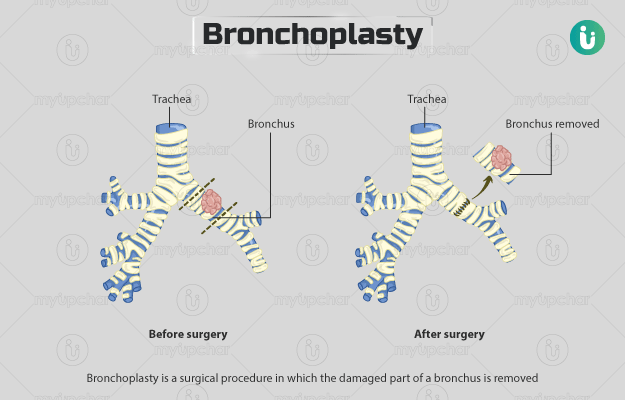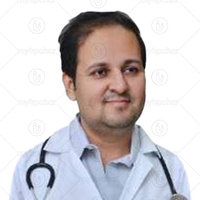Summary
Bronchoplasty is a surgical procedure in which the damaged part of a bronchus (airway in the respiratory tract) is removed. The damage may be due to the presence of inflammatory stenosis, tumours or trauma. The surgery is contraindicated if the tumour has metastasised, there is active inflammation, or you are taking high doses of corticosteroids or radiation therapy.
Before the surgery, you will need to undergo different tests, including chest X-ray, pulmonary function tests, and ultrasound.
After the surgery, you will need pain medication and will be asked to perform breathing exercises. You will stay in the hospital for about two to five days. Your recovery will include performing lung exercises, stretching, and walking around. Certain activities like weight lifting and driving will not be permitted for a while after the surgery. A follow-up visit will be scheduled two weeks after the surgery to remove the stitches and perform various tests to check healing.










































